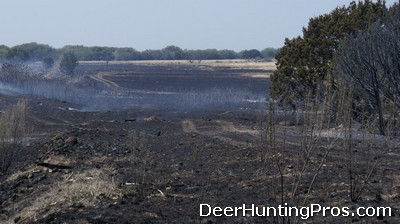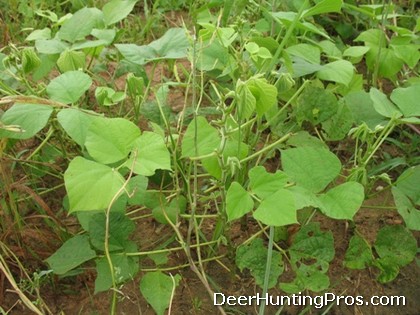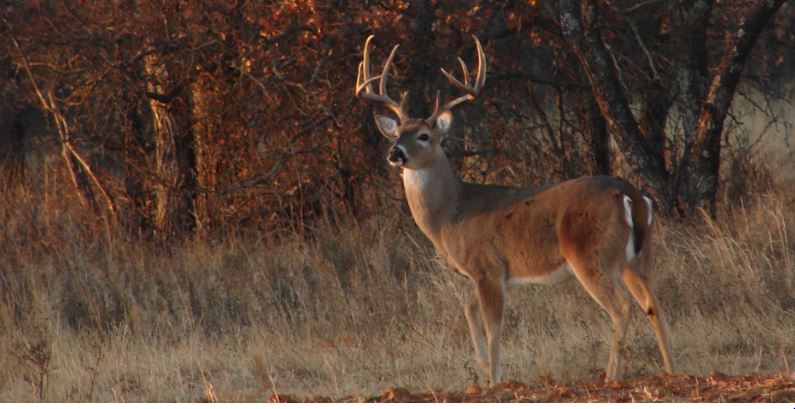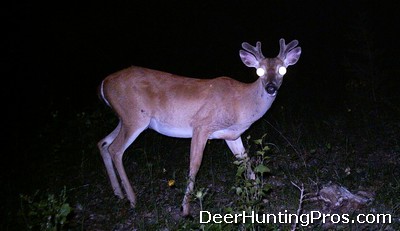Question: “We have a 600 ranch that we use for recreation and whitetail deer hunting during the fall. We recently had an accidental fire break out that burned approximately 80 to 90 on our ranch. We want to re-vegetate this area and would like to use deer-friendly species to prevent any possible erosion. I would like some thoughts on the options for reseeding our Blanco County ranch. Thank you.”
Response: I know first hand that the habitat out in Central Texas is very dry. Much of Texas is in exceptional drought so both the habitat and whitetail deer are just trying to hang on. Soil moisture is low across much of the state, but I bet there is a good chance many of the grass plants consumed by the fire are still alive and will re-sprout, but it also depends on how hot the soil temperatures got. It will also depend on when the next rain comes.

With the end of summer almost in sight, reseeding right now will be a tough proposition unless you have the ability to irrigate your plantings. If it does not rain then nothing will grow regardless of the species planted. I always recommend reseeding with native grass and forb mixes to improve habitat, but that is traditionally done during the spring, April and May. Native forbs and grasses are best for whitetail deer and other native wildlife species, but it literally takes a couple of years to get a satisfactory stand.
I understand that soil erosion may be an issue when it eventually rains, but working the ground to prepare it for planting will only increase the chances of erosion once your part of the world gets a sizeable rainfall event. With fall just around the corner, I would recommend a heavy over-seeding (broadcasting) of ryegrass (or even oats) at the first chance of rain, but not prior to that because birds will eat the seeds. One established, the ryegrass will stabilize the soil and also serve as a winter food plot for deer.
Ryegrass will persist into spring, at which time you would want to spray with herbicide. Then use a native seed drill to plant a native grass and forb mix directly into the soil. Many of the browse species in the burned area should be fine, except for any blueberry cedar that was completely consumed by the fire. For anyone that wants to know how to control cedar, prescribed fire is a great choice. It’s a great tool, not nearly as scary as many believe, and can really clean up a lot of acreage in short order.
The property will benefit from the brush management aspect of the fire since cedar is a persistent pest in Blanco County. Best of luck with your habitat management and upcoming deer hunting season! I think it will bounce back, but especially with your help.



